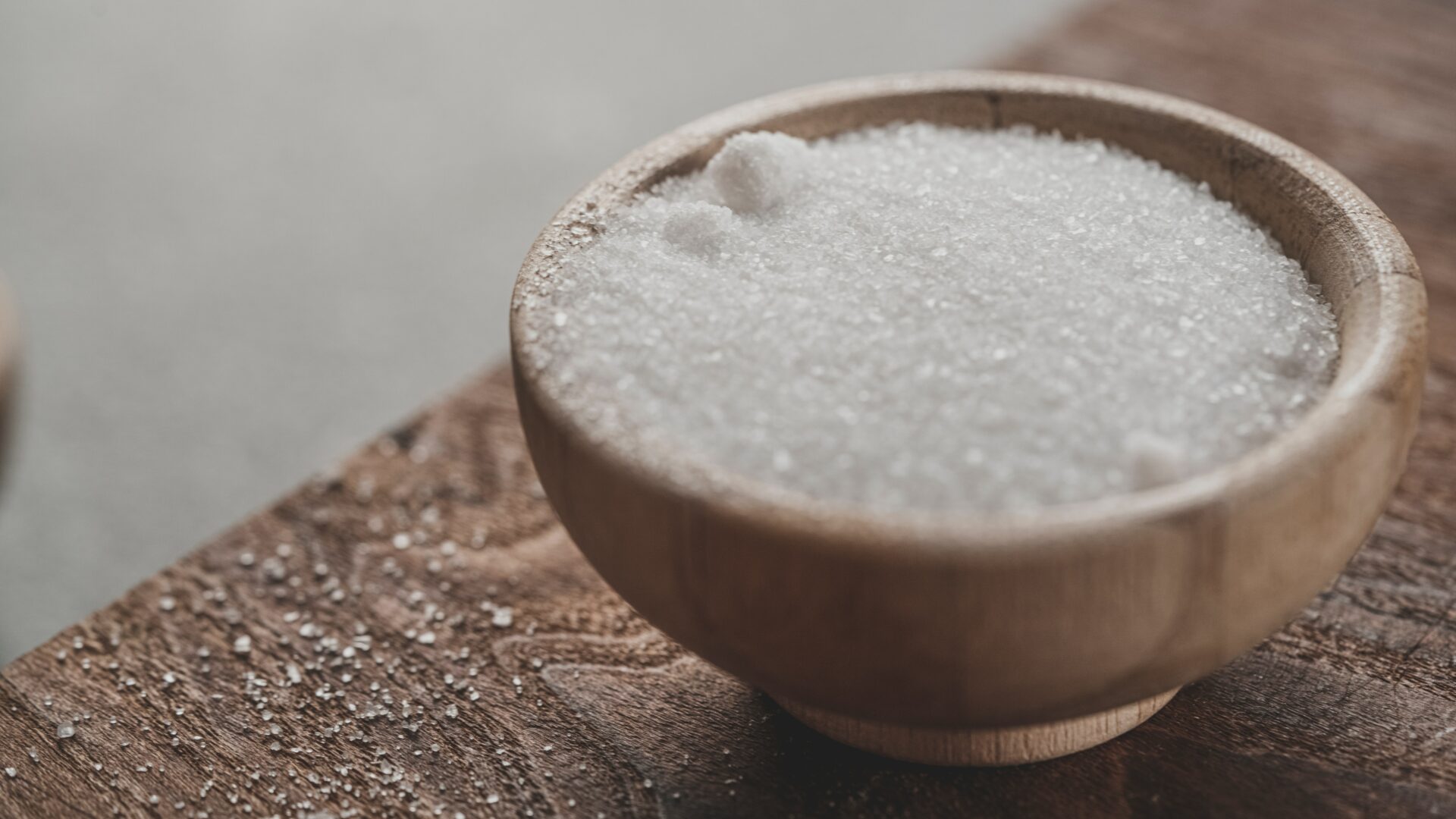Many of us have been told to “reduce your sodium” to help keep your blood pressure healthy – in which would reduce our risk of cardiovascular disease. More and more research (and higher quality research) has come to surface regarding sodium, and what healthy levels actually look like.
Most people, regardless of who you are, need salt to some extent, our bodies can’t survive without it (negation acknowledged). Salt (sodium) is an electrolyte that helps with proper hydration. Our body need’s proper electrolyte balance to keep the heart pumping and cells communicating, in which salt helps with on the ground level – yet it has so many other benefits:
- Regulates fluid levels to maintain the correct plasma volume in your blood – in other words, helps with better and more powerful energy, and prevents muscle cramps.
- Keeps your brain functioning – moving your muscles on command and thinking straight, reducing likelihood for headaches and dizziness.
- Also helps support normal stomach acid levels for better digestion to reduce bloating and increase nutrient absorption.
- Decrease in cravings, helps regulate blood sugar
- Supports adrenal function to prevent fatigue and exercise intolerance
- It’s our favorite “pre-workout”, morning go-to for rehydration after a night’s sleep, and great for post workout and a bedtime routine to help with better sleep.
- Helps with avoid “low carb flu” or “keto flu”, since when our bodies excrete more sodium with a lower carb diet, we need to replenish with more to keep our energy up.
So why are we still told to reduce?
Most studies done were done on people who also ate a diet high in refined carbohydrates/sugars, and poor quality oils. Many refined foods also tend to have a lot of salt, and refined (nutrient-poor) salt at that. 70-80% of Americans’ sodium intake comes from processed foods or restaurant meals. Hmmm interesting. So salt has been to blame for the effects, that a diet high in refined foods should be to blame, and recent studies show that to be the case.
Studies found on PubMed explain, that “no randomized trials have demonstrated that reducing sodium leads to a reduction in cardiovascular disease”, and the ones that do show an increase in blood pressure with higher sodium levels “were conducted in populations at increased risk of cardiovascular disease”, which often are those on a Standard American Diet, of nutrient-poor foods. It also says “Current epidemiologic evidence supports that an optimal level of sodium intake is in the range of about 3-5 g/day, as this range is associated with lowest risk of CVD in prospective cohort studies (source)”.
Newer findings show that higher percentages of CVD come from issues with our diet. A diet high in refined foods (carbs/sugar, refined flour products, and seed oils), overconsumption of calories (since foods containing more salt tend to be harder to stop eating), too little potassium (diet low in nutrient-dense foods), or poor hydration in general (not drinking enough water with electrolytes, or drinking nutrient-poor water – listen to THIS podcast to find out what water we recommend).
Dangers of low sodium are made aware of in the Journal of American Medical Association, explaining that longterm affects of low sodium intake lead to stroke, heart attack and death. “A 2012 study in the American Journal of Hypertension found that people on low-salt diets developed higher plasma levels of renin, cholesterol, and triglycerides (source).” We find in our clients that with too low sodium, they experience any or all of these symptoms as short-term side effects:
- light headedness
- poor energy when eating more whole foods
- trouble sleeping
- dizziness
- headaches
So, what are our favorite sources of sodium?
LMNT electrolyte brand and Redmond Real salt! Enjoy a packet of LMNT upon waking up, before/after a sweaty workout, when you have a sweet craving, or before bed if you want to improve restful sleep. We have anywhere from 1-4 packets of day, depending on our carb intake, and activity level.Salt your food to taste, and take notice of salt levels and how you feel! Redmond Real salt has all the natural minerals with it to help with optimal electrolyte balance, that table salt simply does not!
If you’re not a fan of supplemental sodium (or stevia that is in them), try sodium rich whole foods: olives, pickles, salami, sea vegetables, fish, meat, beets, carrots, celery, or spinach.
Takeaways:
- Be aware that salted foods may have you consuming more of them (like salted nuts, am I right?), yet we DO need salt. And if eating a mostly whole foods based diet, more than what is recommended (less than 2,300mg/day per CDC).
- We recommend at least 2,500mg/day for the average person, or 5,000mg minimum for the whole food eater (over 2 tsp salt if you were to measure it out). If you are fasting, practice a low carb diet (under 75g/day) or sweat a lot throughout your day, then your needs will be even higher, maybe towards 10,000mg/day for some people.
- Salt your food to taste, and use natural salt. Check with your doctor to ensure you aren’t a “sodium hyper responder”, or have kidney issues to be aware of.
- Eat more whole foods, minimize processed foods and alcohol.
Want to know how much salt is right for you? Or have any other nutritional question? Book your FREE clarity call with us HERE.
Want more research or information on salt? Here are our sources for the info mentioned above:



